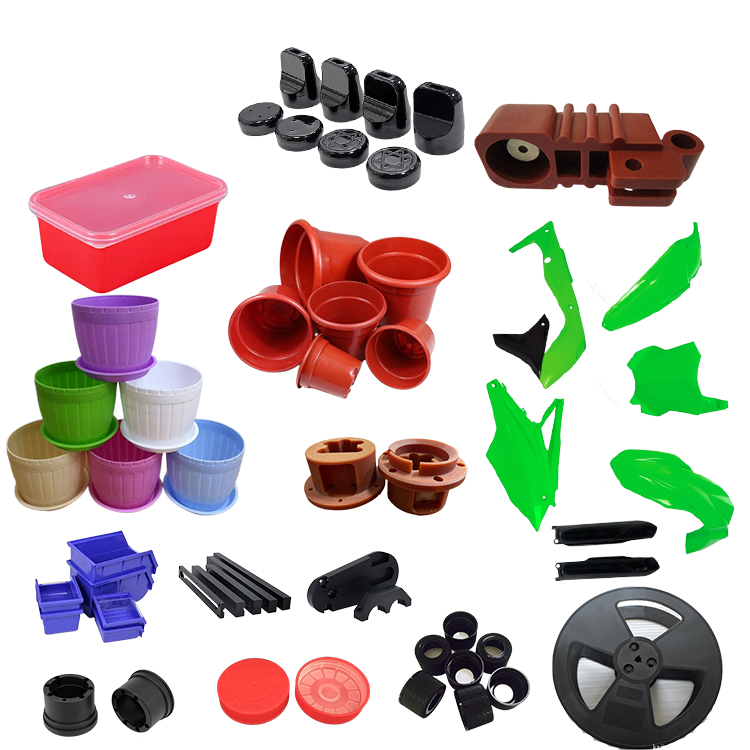The injection mold-making industry, a craft defined by precision subtractive manufacturing, is experiencing a significant disruption from an unlikely source: additive manufacturing (3D printing). While 3D printing is not replacing traditional high-volume steel molds, it is creating a powerful new toolkit that fundamentally changes product development timelines and supply chain strategies.
The most significant impact is on prototyping and “bridge tooling.” Traditionally, creating a steel prototype mold could take weeks. Today, printing a mold core and cavity from durable polymers or via Direct Metal Laser Sintering (DMLS) can be done in days. This allows product designers to receive actual molded parts for functional and fit testing, enabling rapid design iteration in a way that 3D-printed prototypes cannot match.
Furthermore, this has given rise to “bridge production.” When a product launch is imminent but the final hardened steel mold is still months from completion, a 3D-printed metal mold can serve as a “bridge” tool. This tool can often produce 10,000 to 100,000 parts, allowing a company to capture market share and begin production immediately.
The second major innovation is the use of additive manufacturing to build complex mold inserts with conformal cooling channels. Unlike traditional molds, which rely on straight, drilled cooling lines, 3D printing allows the cooling channels to be built in a way that perfectly follows the contours of the part. This optimized cooling provides dramatic reductions in cycle time (often 20-40%) and significantly improves part quality by reducing warp and sink marks. This hybrid approach—marrying traditional CNC machining with 3D-printed inserts—represents the new frontier of high-performance mold design.
Post time: Oct-30-2025

